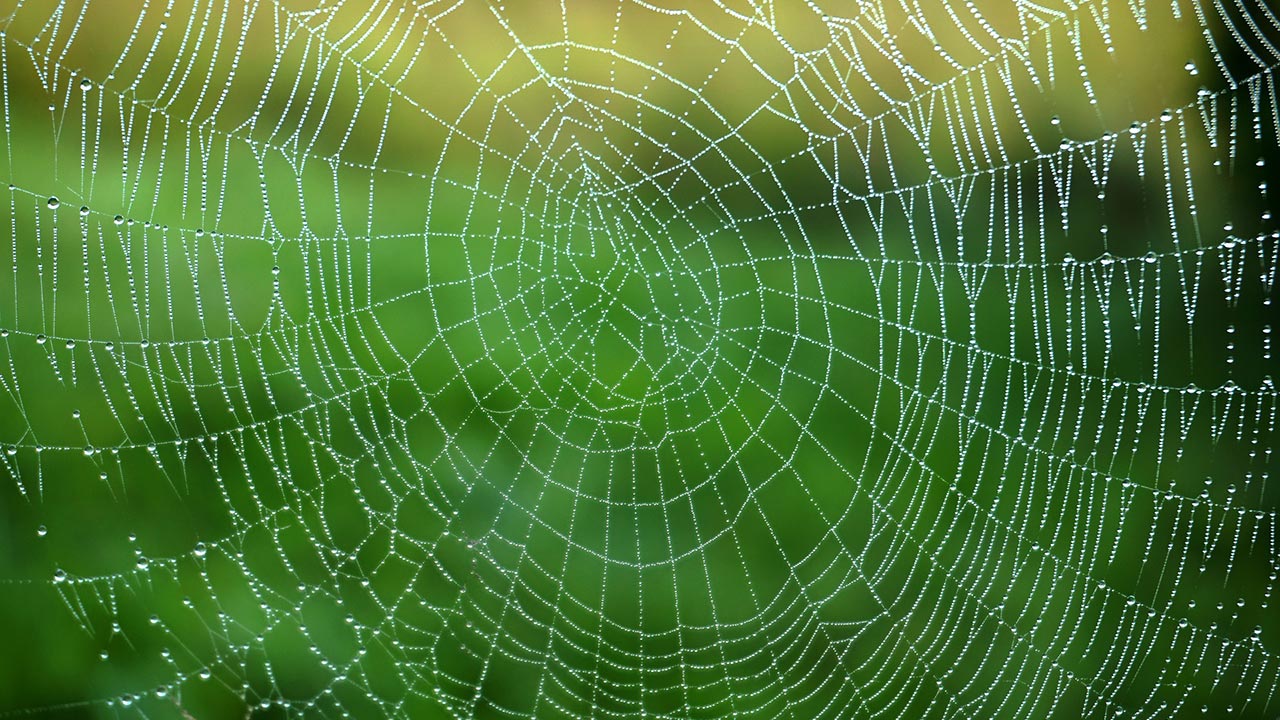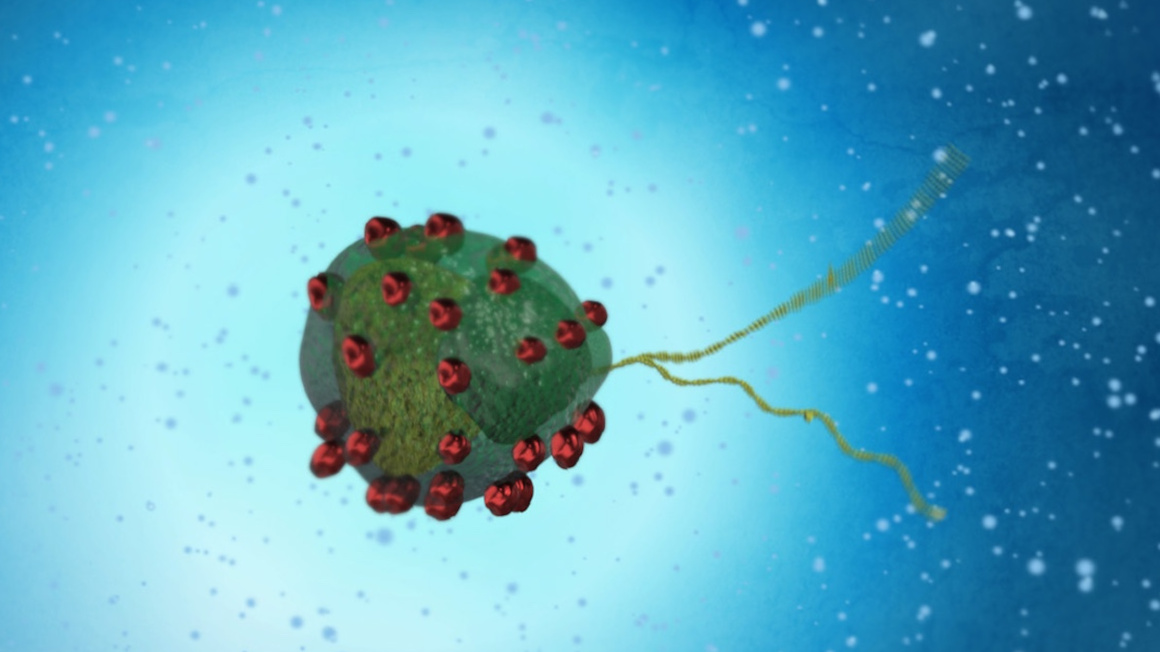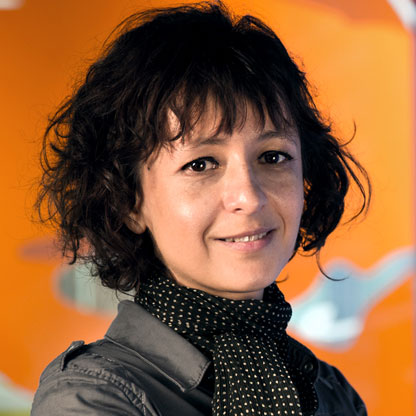Spider silk further developed for medical purposes
Fibers with two differently functionalized sides are intended to heal damaged nerve and muscle strands more quickly.

Faster healing of damaged nerves and muscles - that's what researchers at the University of Bayreuth expect from specially spun fibers made from biotechnologically produced spider silk. Spider silk is non-toxic, well tolerated by the body and hardly colonized by microbes. At the same time, the material is tough, strong and biodegradable. For this reason, medicine is already testing it to create a support scaffold on which damaged nerve cells can regrow. So far, however, this process is still taking a very long time.
Amino acids replaced
The research team has therefore optimized the natural fiber in several ways. To do this, the experts have adapted a microorganism to produce two special spider silk proteins. In the first protein, one amino acid is altered compared to the natural protein, reversing the protein's electrical charge. "This makes the material surface more attractive to cells," explains Thomas Scheibel of the University of Bayreuth.
In the second protein, the researchers also exchanged an amino acid, here for the amino acid cysteine. Cysteines are a prerequisite for a certain chemical method by means of which a molecule can be functionalized quite easily by a chemical reaction. Experts therefore speak of "click chemistry" because the desired change can be applied almost by "click".
Stimulate muscles and grow nerves
The researchers finally used a special process to spin these two types of biotechnologically produced spider silk proteins into a fiber that easily docks to cells on the one hand and can be easily coated with certain molecules on the other. In their study, the team chose nanoparticles of gold as a proof of concept to make the fibers good electrical conductors. "Muscles can be electrically stimulated, which would be possible on such a 'gold wire' made of spider silk fibers," Scheibel reasoned. The electrical stimulus would stimulate muscle growth. Moreover, such success would be easy to prove because the flowing current can be measured.
In the long term, however, other compounds are to be clicked onto the spider silk fibers that have much greater healing potential. For example, growth factors would be possible, so that nerve cells not only use the spider silk as a support scaffold, but can grow in a more targeted and faster manner. The Bayreuth team has published details of the new manufacturing process in the journal "Angewandte Chemie".
bl


